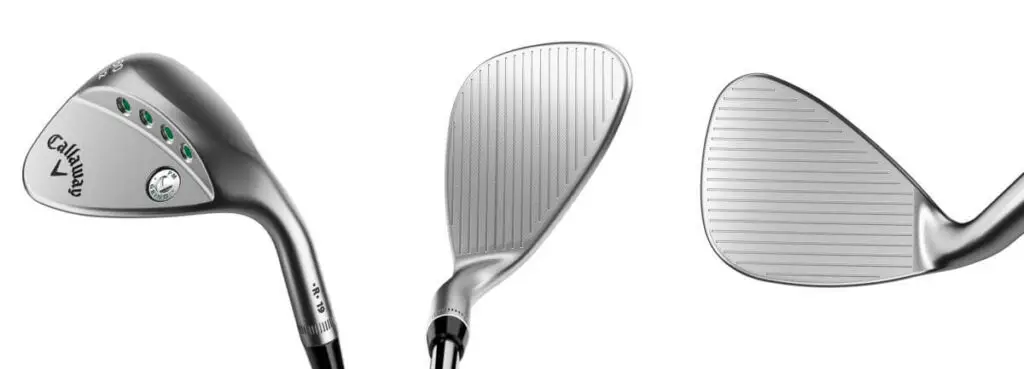I was blown away by how easy it is to this club out of the bunker. For most bunker shots I use a Miura 60 degree lob wedge, which is perfectly adequate when I have a flat or relatively good lie. The issue with my Miura is that my bad shot travels about 40% of the intended distance. In other words, if I’m a little off with the Miura, the consequences are extremely punitive.
With the PM Grind wedge in my hand, my confidence in the bunkers has literally gone through the roof. The combination of the wide sole, high toe, high bounce and larger clubface all work in your favor when you’re in the sand. As long as you hit about an inch behind the ball with a decent amount of clubhead speed, the ball will pop out of the bunker with amazing consistency.
Basically, I’m not too worried about hitting it fat or thin when I’m in the sand, and this allows me to concentrate on how far I want to hit it. That’s exactly where you want to be with short game shots. Focusing on the ideal distance to hit the ball, safe in the knowledge that your contact should be good enough to execute the intended shot.

